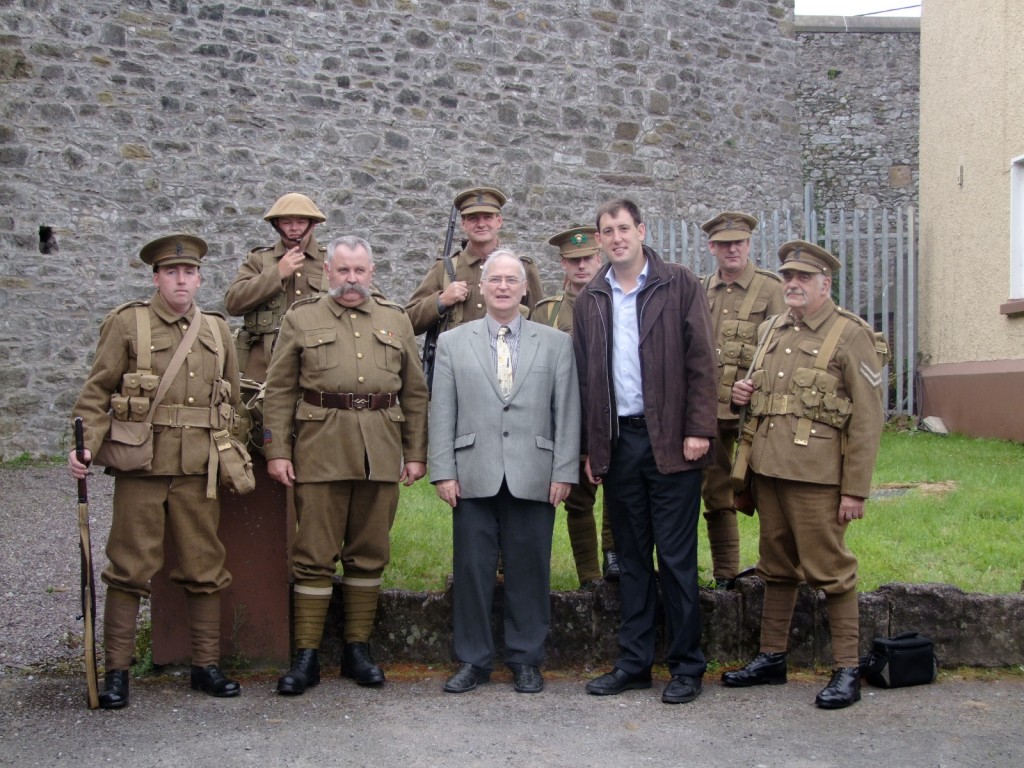Today Saturday 7 November, I led a very enthusiastic group from Rotary Douglas and other Rotary groups around Cork City centre. Thanks!

Today Saturday 7 November, I led a very enthusiastic group from Rotary Douglas and other Rotary groups around Cork City centre. Thanks!

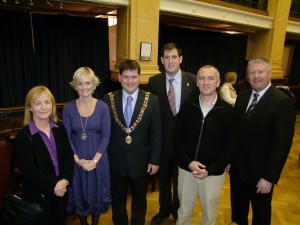
Last Thursday (5 November), there was a celebration in the Council Chamber of City Hall to mark the great work of owners and staff involved in Heritage Open Day. The event was organised by the City Council’s Heritage Officer Niamh Twomey. The Lord Mayor Cllr Dara Murphy said a few words as did I (see below).
Many thanks to all the owners of the buildings for your hard work and showing everyone around. Here’s to next year!
Kieran’s Speech:
Open for Debate
Lord Mayor, Lady Mayoress, Cllr Mick Finn, Ladies and Gentlemen,
Many thanks for taking up the invite this evening. We are all here to celebrate the legacy of Heritage Open Day.
The Day itself is about discovering thirty of Cork’s hidden gems, whose legacies cross centuries and also cross a wide variety of themes from religion to entertainment to commercial. These buildings are normally open for select few people who work in them.
The thirty or so buildings present many views to the onlooker. They serve in part as an introduction to the development of Cork. They are a type of landscape textbook informing us of the city’s rich architecture. They provide a worldview of the time of their construction – the beliefs and politics of the time.
Perhaps most importantly and often forgotten about in the written record of Cork’s past they give one access to the imagination and efforts of the people who drew up the design, the people who had sleepless nights thinking about their work and the people, the actual workers who strived hard and long to bring and weave the jigsaw pieces of an architect’s imagination together.
In fact, it is all too easy to reduce the buildings to facts, dates and figures. Visit anyone of them – take for example the Everyman Palace or Cork Opera House. Here for over one hundred years, the actor’s craft has been carved. People have come to be entertained. When the darkness falls before a show – that time between reality leaving and imagination taking over – another place is forged for the viewer to be transported to.
There are several churches open to the public from the iconic eighteenth century St. Anne’s Church Shandon to late nineteenth century Trinity Presbyterian Church.
Again these buildings are markers in the landscape that are centres of debate about the nature of people’s religious belief – their high towers pointing to the heavens but also drawing the viewer in saying look at me-
but then again what about the experience of climbing Shandon through the bell tower or taking the elevator up the Elysian Tower and looking down on the modern city with all the past, present and future dreams and hopes of the region revealed through the settlement’s buildings.
The city’s hills and troughs have created different perches for some of the city’s elaborate structures to stand on. Collins Barracks is mounted on one such perch protecting the city, its soldiers providing law and social order. Below in Blackpool, Heineken’s brewing tradition reveals a world of enterprise and innovation, its workers remembered through its multiple account books over the past 150 years.
But one should also remember the workers in the now converted warehouses, (see artist studios at Wandesford Quay), residences such as Civic Trust House on Pope’s Quay, the hotels such as the Victoria and Imperial Hotel and all those that have checked guests in and made them feel welcome in this colourful city.
Recently, I was given a tour of the National Sculpture Factory. One hundred years ago, the National Sculpture Factory was once the central hub for electric trams whose trackways created arteries through a bustling city of contrasts from slums to richly embellished Victorian terraces in the city’s middle class suburbs.
The site was also the electricity distribution centre, which illuminated the city at night creating new ways of seeing for citizens. The trams supplied a rhythm through the city – their stopping, going and wining- the iron wheels pushing into the tracks moving through the city, connecting people.
The site of the National Sculpture Factory is all about the power of place. It is a place rooted in Cork, a place of tradition, of continuity, change and legacy, a place of direction and experiment by people, of ambition and determination, experiences and learning, of ingenuity and innovation and a place of nostalgia and memory.
It like many other elaborate buildings in the city provide a cultural debate in teasing out how Cork as a place came into being.
Through the adjacent docks, Cork was connected to the outside world – the international and small city ambitious in its ventures linking to a world of adventure and exploration. The timber quays kept back the world of the tide, for reclamation in the city was still taking place as Cork Corporation sought to bring the city centre to a new place of being. However Cork City has always strived to be a new place. It has always been ambitious in its endeavours.
Cork’s urban landscape or textbook seems to be throbbing with messages about the past. The landscape serves as some kind of vast repository of symbolism, iconography and cultural debate. For me Cork’s everyday landscape is a work of art, complex – multiple and layered.
In fact perhaps the buildings themselves and because of the their legacy do ask a very important question of all of us – well what are we doing in our own time to push forward – to build our legacy
In these times, we now need more ideas, more of an idea to a sustainable future. Who are the next architects?, business people?, entrepreneurs?, we now need new people to step up, lead, inspire, encourage, bring along, forge and refresh our society and our way of life.
There is so much to explore and so much history and heritage we can harness in our modern world for survival.
In terms of the heritage open day, I sincerely thank all those who worked so hard to bring the day to fruition but I also now call for even a closer partnership between yourselves and Cork City Council and develop further programmes that will enhance and development new opportunities for all who engage in the open day and all those who fight to build our cultural tourism capacity and show that yes Cork has the ability to showcase itself in every best light.
Ends.
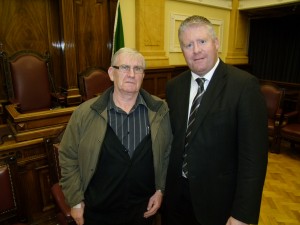
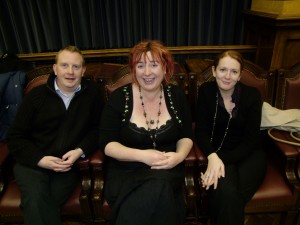
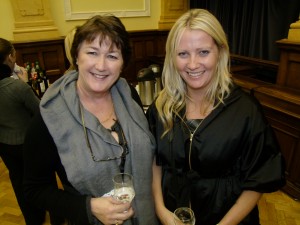





Over forty Cork historical societies and groups gathered for an exhibition at the Millennium Hall, Cork City Hall on Tuesday 20 October to celebrate Cork’s past. I was a member of the organising commitee. Exhibitors from the Gaeltacht regions of the county to the inner city will present panels outlining their local history. This is the first time that such as venture had been attempted. The day long exhibition aimed to present an afternoon of talks and chat bringing a cross section of Cork’s finest historians and ‘caretakers’ of Cork’s past to speak about the Cork region’s history and memories as only they know how. The theme of the exhibition was celebration and participation.
Celebrating Cork’s Past Exhibition, Last Tuesday 20 October 2009 (photos by Kieran):


































Over forty Cork historical societies and groups will gather for an exhibition at the Millennium Hall, Cork City Hall on Tuesday 20 October (11am-7pm) to celebrate Cork’s past. Exhibitors from the Gaeltacht regions of the county to the inner city will present panels outlining their local history. This is the first time that such as venture has been attempted. The day long exhibition aims to present an afternoon of talks and chat bringing a cross section of Cork’s finest historians and ‘caretakers’ of Cork’s past to speak about the Cork region’s history and memories as only they know how. The theme of the exhibition is celebration and participation.
Recent launch pictures by Kieran:











Over forty Cork historical societies and groups will gather for an exhibition at the Millennium Hall, Cork City Hall on Tuesday 20 October to celebrate Cork’s past. Exhibitors from the Gaeltacht regions of the county to the inner city will present panels outlining their local history. This is the first time that such as venture has been attempted. The day long exhibition aims to present an afternoon of talks and chat bringing a cross section of Cork’s finest historians and ‘caretakers’ of Cork’s past to speak about the Cork region’s history and memories as only they know how. The theme of the exhibition is celebration and participation.
Commenting Cork historian and one of the organisers, Richard T. Cooke commented; “We all live in area where the past is all around. This history makes us who we are. The Celebrating Cork Exhibition is about bringing historical groups together so that they meet each other, chat and share ideas so historical societies can plan for the future. The aim is also to present their rich histories to the Cork public.” More information can be found under events at www.corkheritage.ie.
Kieran McCarthy is a member of the organising committee

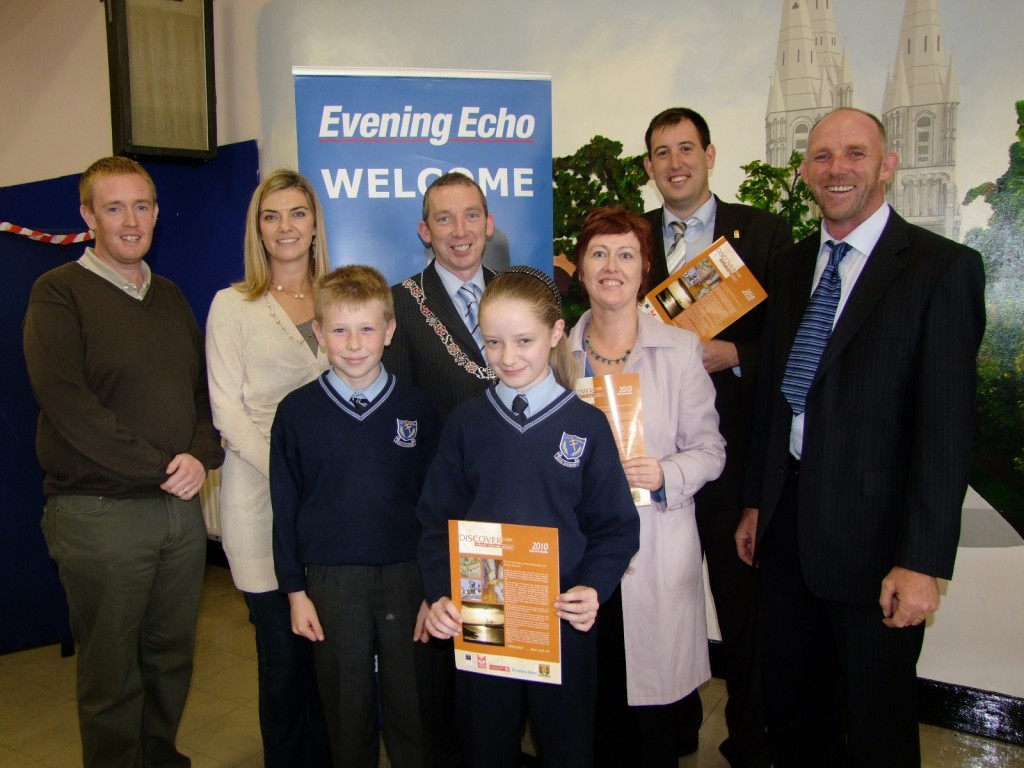
Last week fifth year students of the Ursuline Convent undertook their prize in the Discover Cork School’s Heritage Project. They were given a tour of Sean Kelly’s Lucky Meadows Equestrian Centre in Watergrasshill. Established in 2003, the School’s Heritage Project is co-ordinated by local historian Cllr. Kieran McCarthy.
The project has been recently launched again for the new school year. It is a youth forum for students to do research and offer their opinions on important decisions being made on their heritage in their locality and how they affect the lives of people locally. Cllr. McCarthy notes that “the aim of this project is to allow students to explore, investigate and debate their local heritage in a constructive and active way. It is important that we think about, understand, appreciate and make relevant in today’s society the role of our heritage- our landmarks, our oral histories, our scenery in our modern world for upcoming citizens”.
Students can pick any topic to research and can participate as individuals, groups. Students produce a project using primary material such as fieldwork, interviews, making models, DVDs of their area. Over the past number of years, students in both secondary schools in the Blackrock and Mahon area, the Ursuline Convent and Nagle Community College have entered and produced winning work on aspects of south east Cork City from sport to personalities. Cllr. McCarthy also noted:“The School’s Heritage Project also focuses on motivating and inspiring young people, giving them an opportunity to develop leadership and self development skills, which are very important in the world we live in today”.
Students, parents and teachers interested in entering this year’s project should contact Kieran at 087 655 3389 or view details at www.corkheritage.ie. The City edition of the Project is funded by Cork Civic Trust, Cork City Council, the Heritage Council, Lifetime Lab, Sean Kelly of Lucky Meadows Equestrian Centre with media support from the Evening Echo.
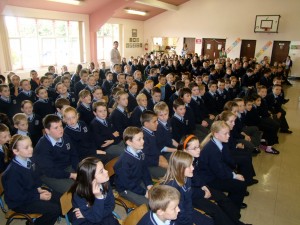
For Cork Heritage Open day on Saturday 29 August, the National Sculpture Factory formed part of over 30 buildings, which opened their doors free of charge for this special event. Members of the public were allowed a glimpse of some of Cork’s most fascinating buildings ranging from the medieval to the military, the civic to the commercial and the educational to the ecclesiastical. This year the National Sculpture Factory teamed up with me to pen a series of information sheets and a heritage trail for the public on the Factory building’s history and its surroundings.
One hundred years ago, the building of the present National Sculpture Factory was the central hub for electric trams whose trackways created arteries through a bustling city of contrasts from slums to richly embellished Victorian terraces in the city’s middle class suburbs. The site was also the electricity distribution centre. The site also lays adjacent to the docks, Hibernian Buildings and Jewtown, the old terminus building of the Cork Blackrock & Passage Railway Line, the site of the Cork Park Racecourse and Fords and of course lies under the shadow of the iconic Elysian Tower.
Cllr. Kieran McCarthy noted: “The National Sculpture Factory building is worth a look; much of the story of Cork’s modern development is represented here. The history of the port, transport, technology, art, agriculture, sport and the suburbs can all be studied here. It’s great to be able to explore such great historical gems especially a building that has added so much to the present identity of the city”. More information of heritage open day can be viewed at events under www.corkheritage.ie.



Last Saturday, Water Heritage Open Day took place at Lifetime Lab on Lee Road. Well done to Meryvn Horgan, Rebecca Archer and all the team at the Lab. Their continous outreach of their work and the education of the general public is great to see. I was delighted to be able to put up my photo exhibition on the Lee Valley in the Lab’s foyer. Next up for the Lifetime Lab is the launch of their 2009/ 10 school year science programme. In addition, Culture Night is on Friday 25 September 2009. The Lab are producing the Energy of Life, a site specific family orienatated production directed by Yvonne Coughlan of Red Sandstone Varied Productions.





It’s always great to get a crowd on a walking tour. So below are the pictures of the crowd on my walking tour of the Cork Blackrock & Passage Rail Line. Such a great piece of suburban history, especially as the over pass bridges and Blackrock platform are still intact and the line takes one through the history of suburbs such as Ballintemple, Blackrock and Mahon. The site is also set amidst great built and natural heritage – The Marina, The Atlantic Pond, the Docklands area, Fords, the Showgrounds, Pairc Ui Chaoimh. I do plan to put my notes online in the history section of this website and www.corkheritage.ie. Thanks to the crowd for their support. My next talk is next Saturday for Heritage Open Day at 1p.m in the National Sculpture Factory, the former tram terminus on Albert Road.
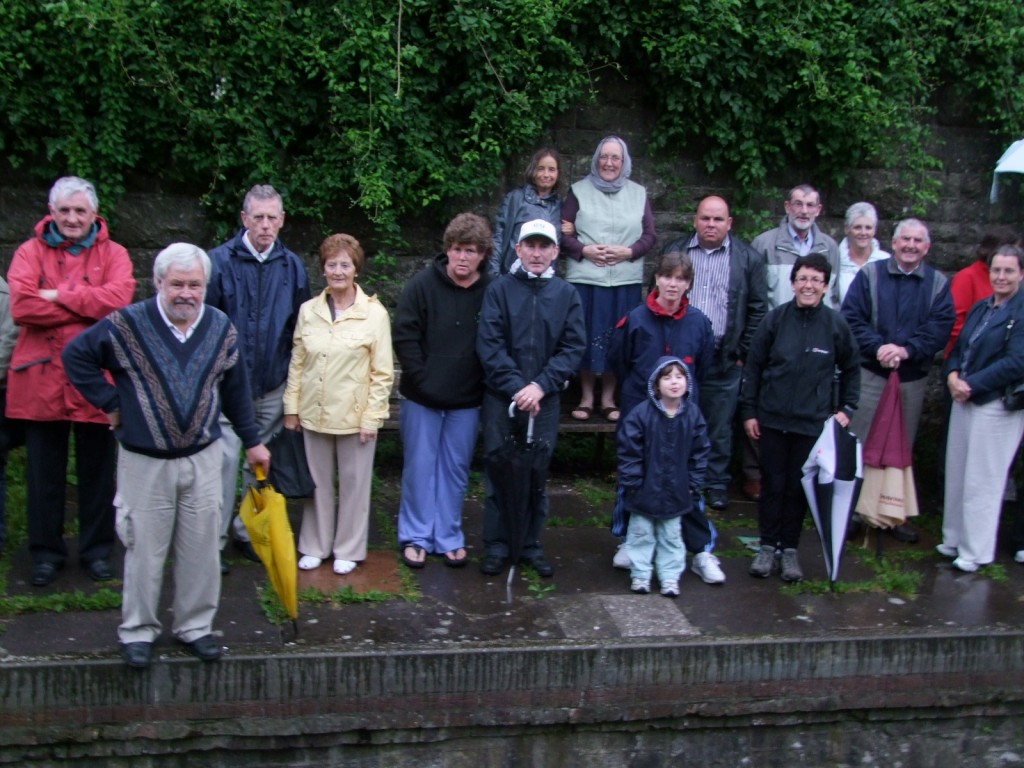
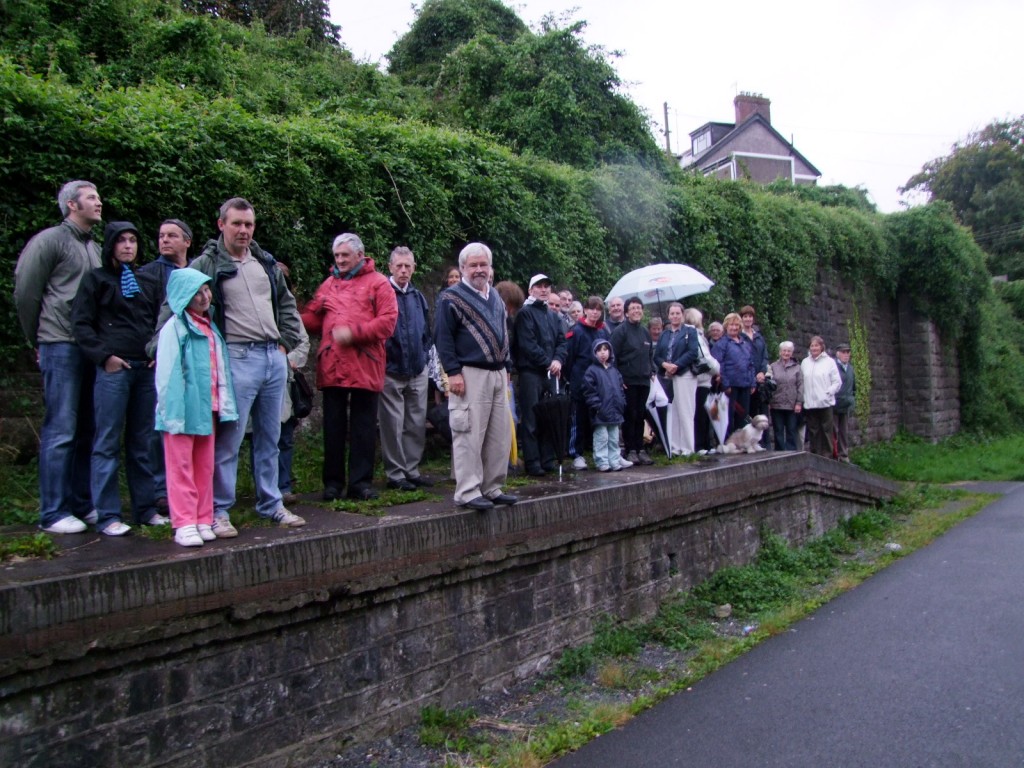
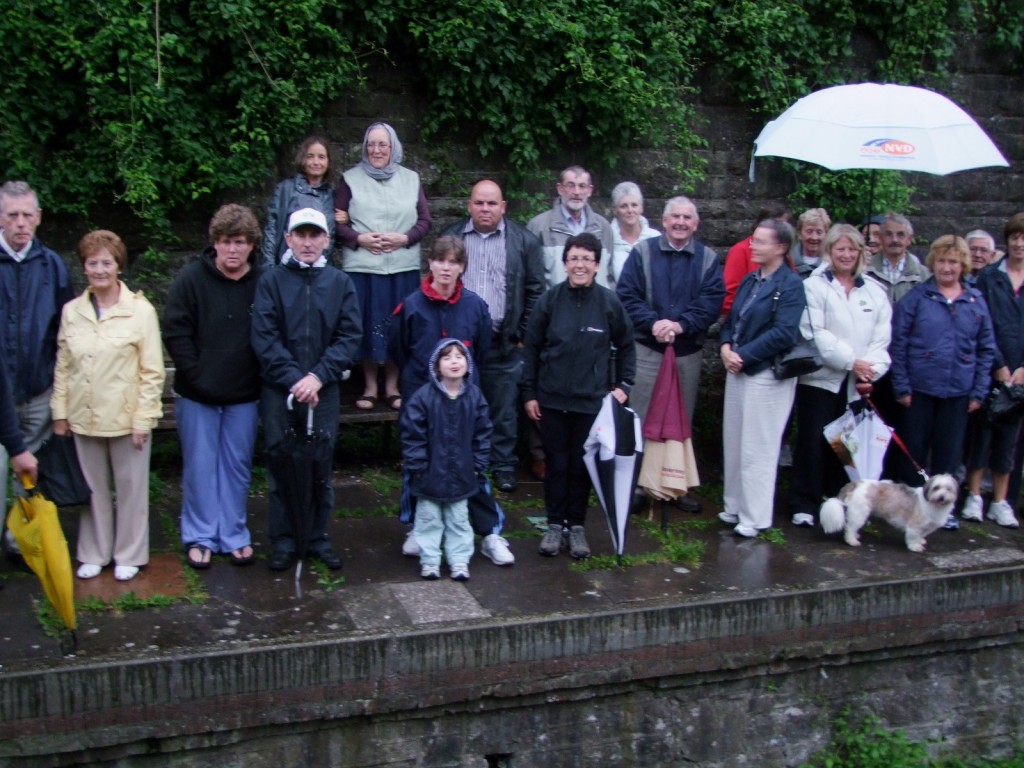
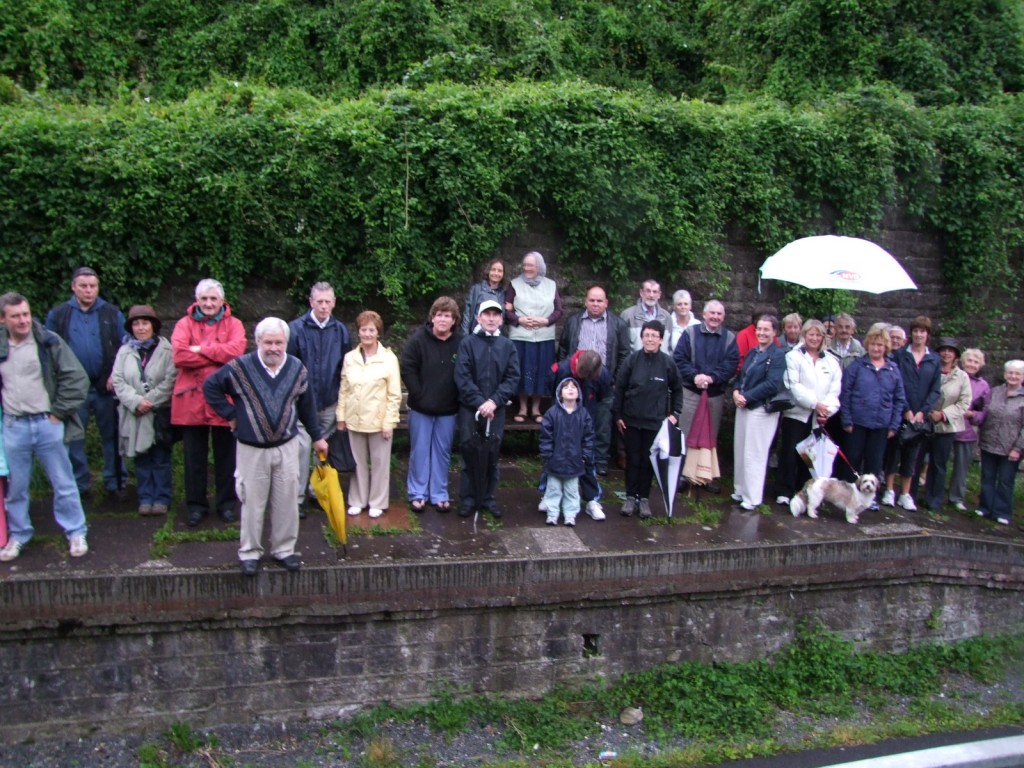
Starting Sunday, August 9th, Cork will take a step back in history, with the opening of Cork’s Newest Oldest City Market at the Elizabeth Fort Market Festival on Barrack Street.
Elizabeth Fort, first erected in 1601, and named after Queen Elizabeth I, was the site of the famous St Finn Barrs Market, more than 150 years ago. Today Elizabeth Fort, with its high walls, is one of the City’s main tourist attractions and occupied by An Garda Síochána.
The Elizabeth Fort Market Festival runs every Sunday from August 9th until September 13th and each date will see a different key attraction, live history reenactments, musical performances and costumed entertainers.
This is a great inititaive and brings life back into the Barrack Street area. I also think that Elizabeth Fort is one of the most under-utilised heritage assets that the city has. For many years, I have brought tourists to this historic site and showed them around the area. Check out the “early origins – city heritage trails at www.corkheritage.ie for more. I have also contacted the OPW through the Senate with regard to re-opening the ramparts for visitors to look down on our great city.
Heres a couple of photos from the Elizabeth Fort Market Festival,
http://www.elizabethfortmarketfestival.com/
